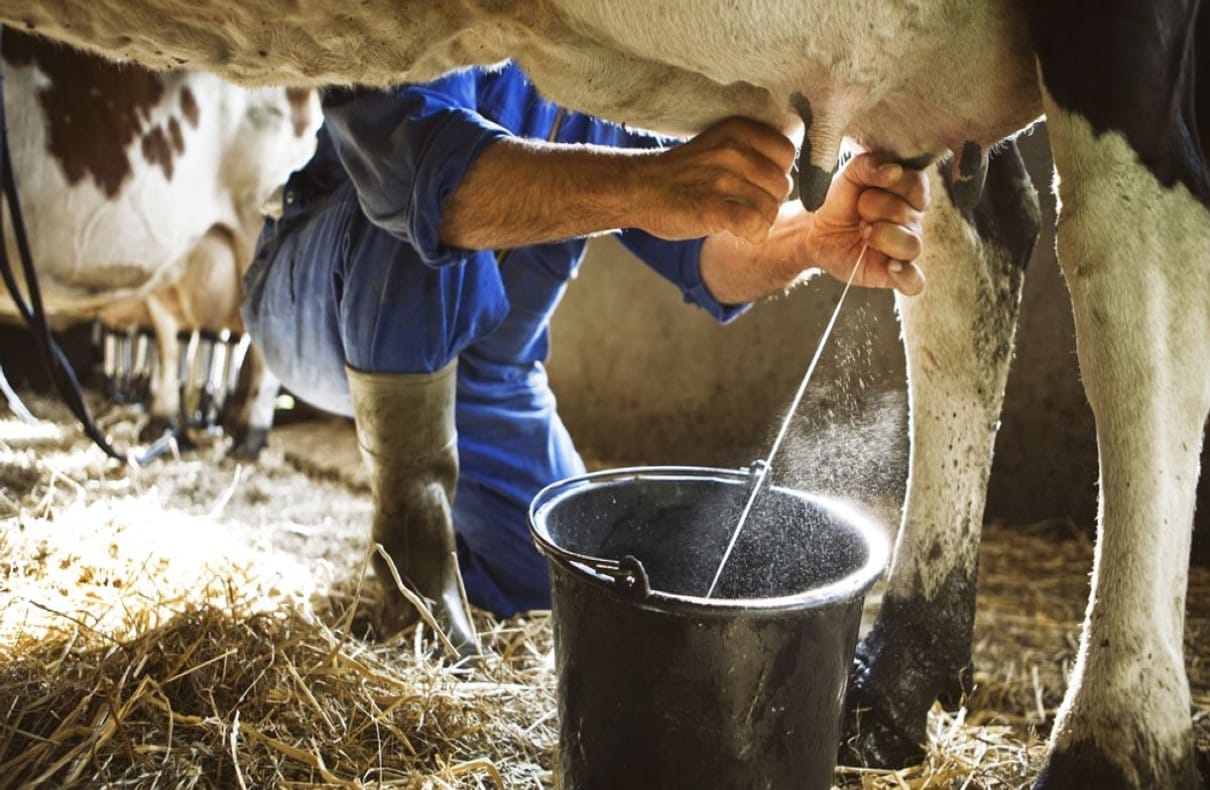According to beliefs, cow’s milk has been consumed since the early days of human civilization. As a historical evidence, a temple of about 5,000 years old was discovered near the ancient city of Babylon (present Iraq). There are many carvings in the walls of this temple, one of which shows people to extract cow’s milk.
The artwork found in the temple of Babylonian depicts a person who gives milk to a cow from behind sitting on a stool -like object. Another person is seen collecting milk in a container placed on the ground. A third group is shown storing milk extracted in large stone jars. This illustration shows that thousands of years ago, the process of feeding cows, using milk and trading cow’s milk was well organized.
Today, the primary sources of milk we consumed include cows, buffaloes and goats. In different parts of the world, milk is also obtained from other locally available animals.
Milk is considered a complete meal because it contains many essential nutrients, including calcium, phosphorus, protein, milk sugar (lactose), and milk protein (casein). Since milk is easily digestible, our body absorbs its nutrients quickly and efficiently. This is the reason that it is recommended to drink milk every day.
In different areas, milk of different animals is also consumed. In Asia, in addition to cows and buffaloes, people use camels, mare, yak and lamb milk. In the Arctic regions, Eskimos and Laplanders rely on Karibu and reindeer milk. In India and Central Asian countries, Buffalo milk is the same as cow’s milk.

